No one knows for sure why Pickle is green—you don’t see very many green dogs! But according to Emma’s grandpa, a very very long time ago, Pickle’s great-great-great-great-great grandma Gherkin lived with a family of leprechauns in Ireland. Gherkin loved her leprechauns as much as Pickle loves Emma, wagging her tail often and barking a happy “Woof!”
Gherkin really really wanted to be green just like her leprechauns and one day, using some very special magic, they turned her green, too!
You can imagine the surprise in the village to see a green dog! Then Gherkin’s puppies were green. And her puppies’ puppies were green…all the way down to Pickle.
If you ever wondered whether there might be a bit of magic to Pickle, wonder no more.
Woof!
Happy St. Patrick’s Day, Everybody!
— O'Stuart, O'Janet, O'Miss Cathy, the O'Ready Set Pre-K kids and…O'Pickle!
SPECIAL OFFER! If you are a school teacher, a social worker or a librarian, fill out this form for a FREE I See I Learn book! The six digit code is VIZ-319. Supplies are limited. Offer ends on March 31, 2019.
Gherkin really really wanted to be green just like her leprechauns and one day, using some very special magic, they turned her green, too!
You can imagine the surprise in the village to see a green dog! Then Gherkin’s puppies were green. And her puppies’ puppies were green…all the way down to Pickle.
If you ever wondered whether there might be a bit of magic to Pickle, wonder no more.
Woof!
Happy St. Patrick’s Day, Everybody!
— O'Stuart, O'Janet, O'Miss Cathy, the O'Ready Set Pre-K kids and…O'Pickle!
SPECIAL OFFER! If you are a school teacher, a social worker or a librarian, fill out this form for a FREE I See I Learn book! The six digit code is VIZ-319. Supplies are limited. Offer ends on March 31, 2019.
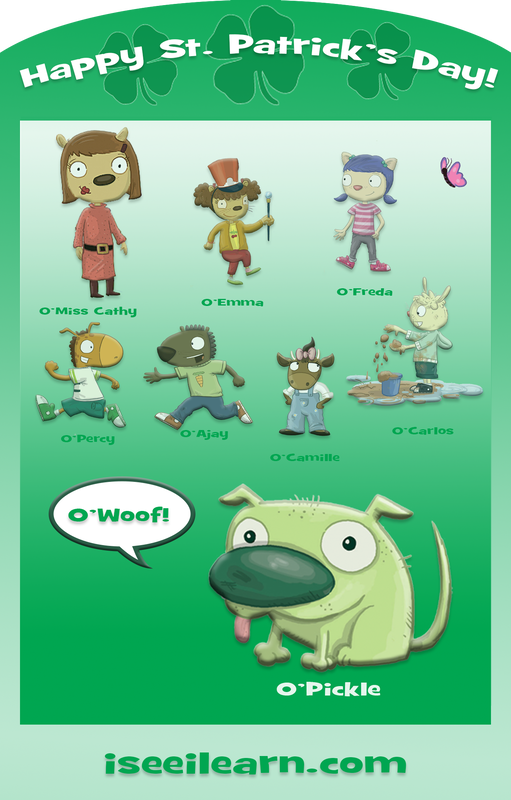
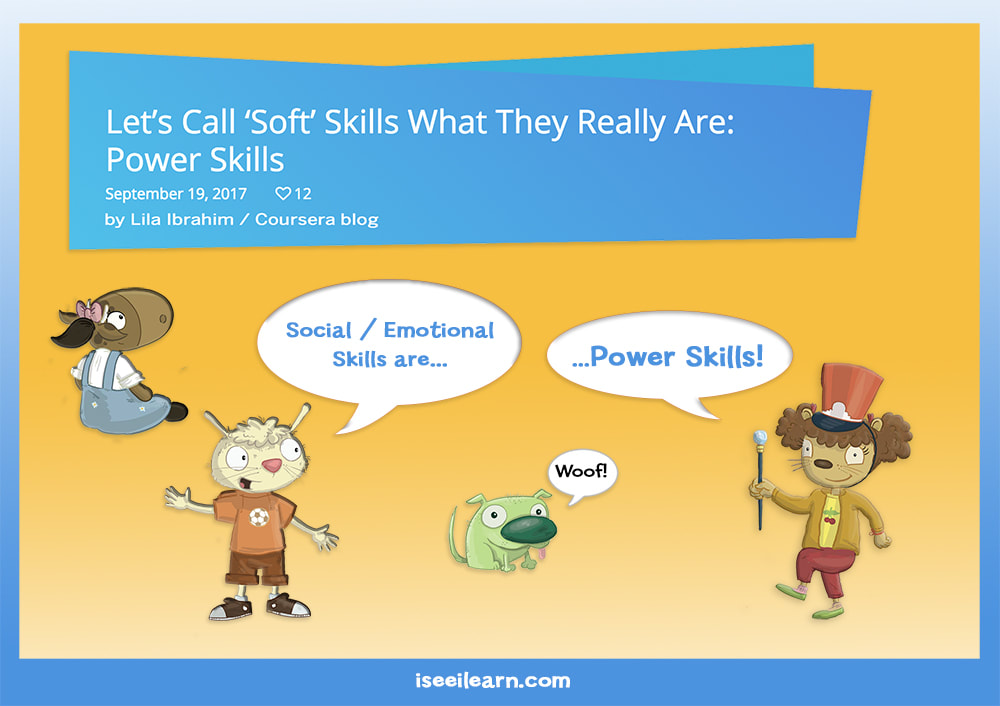
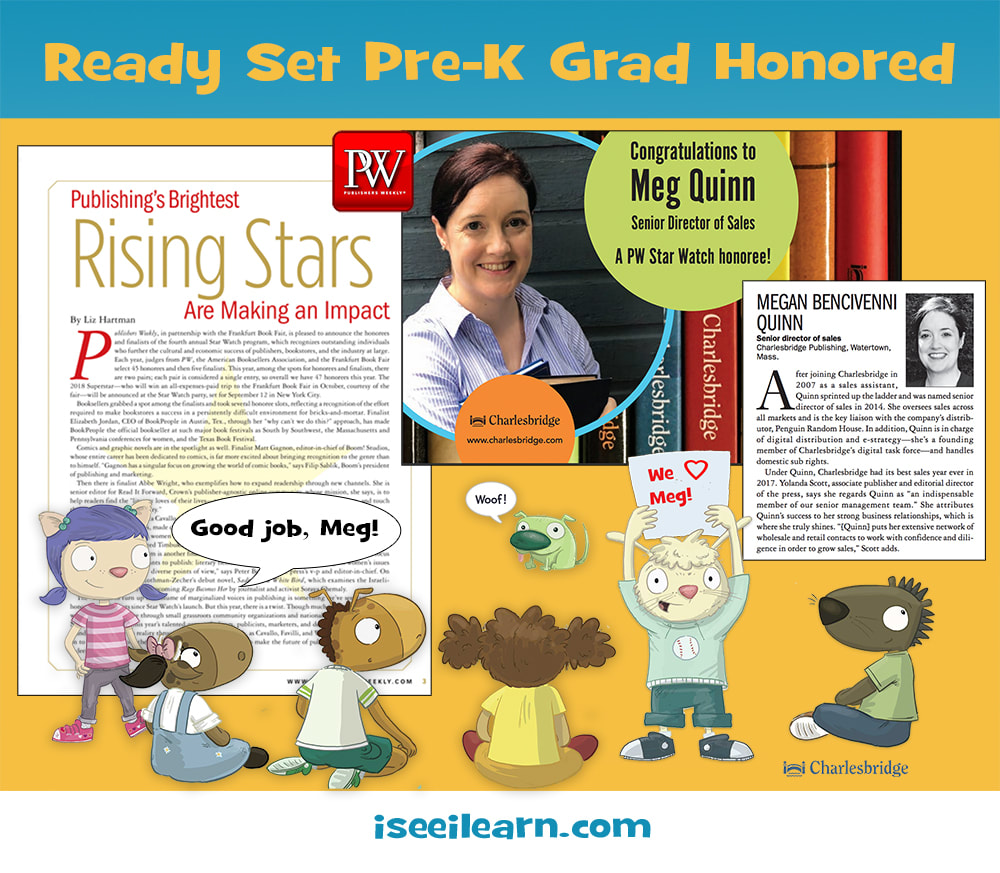
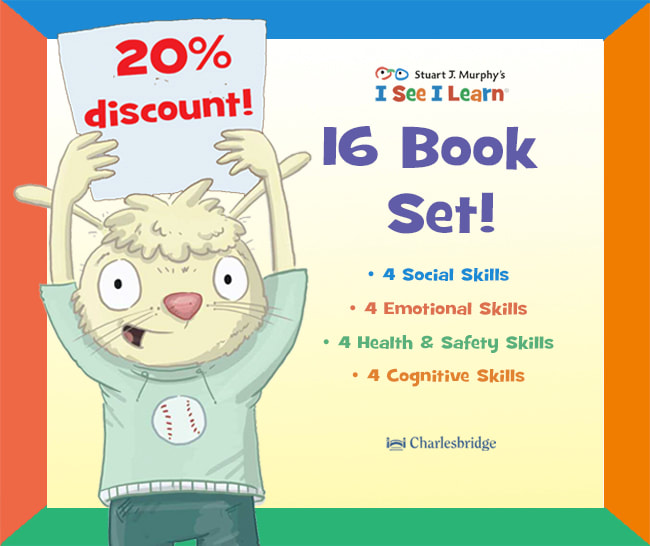
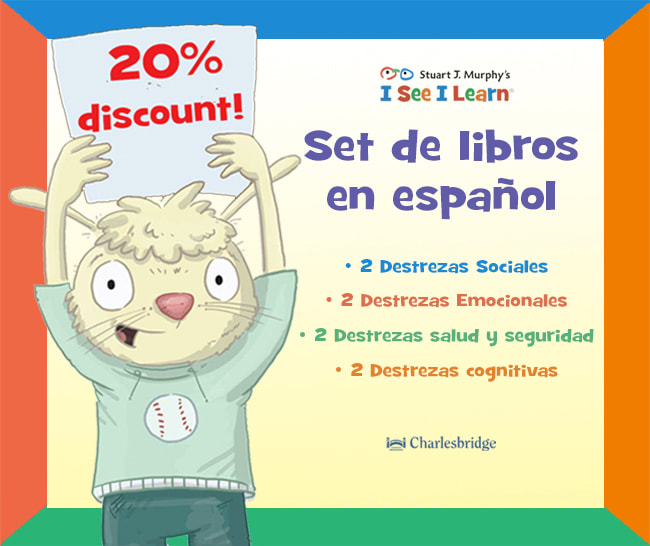

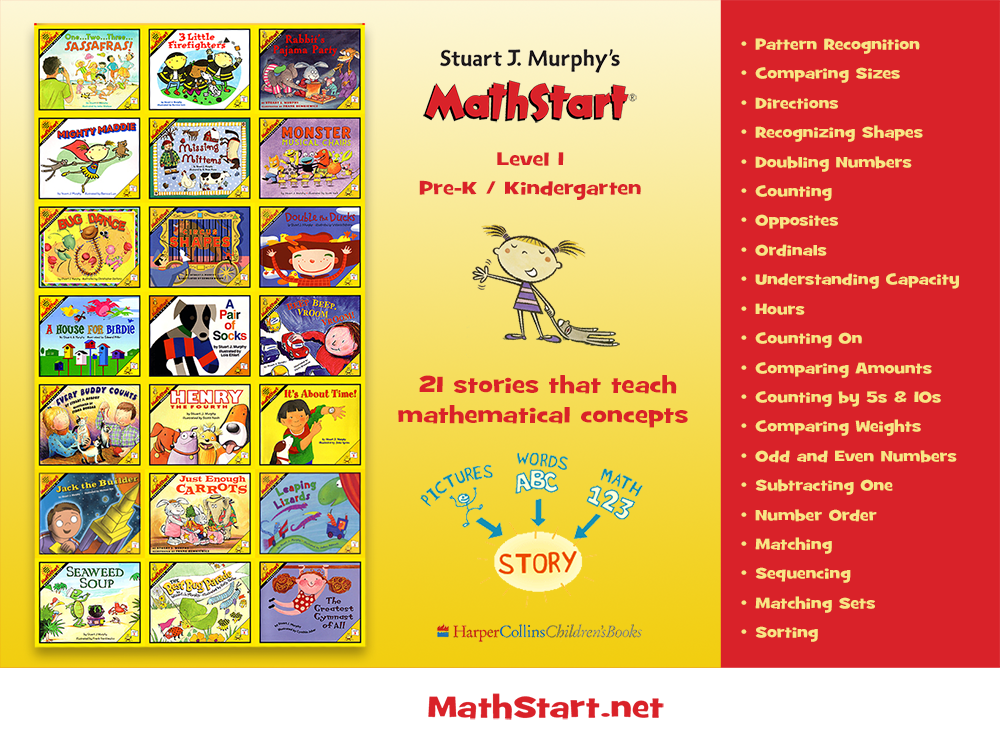
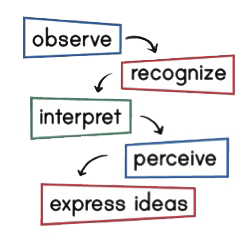
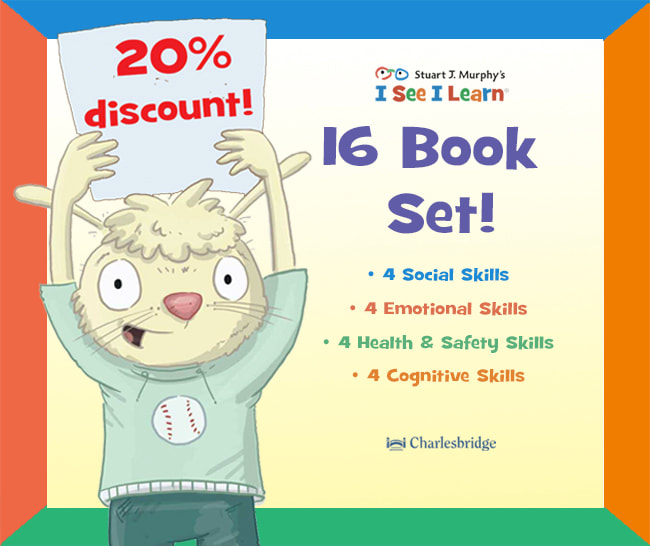
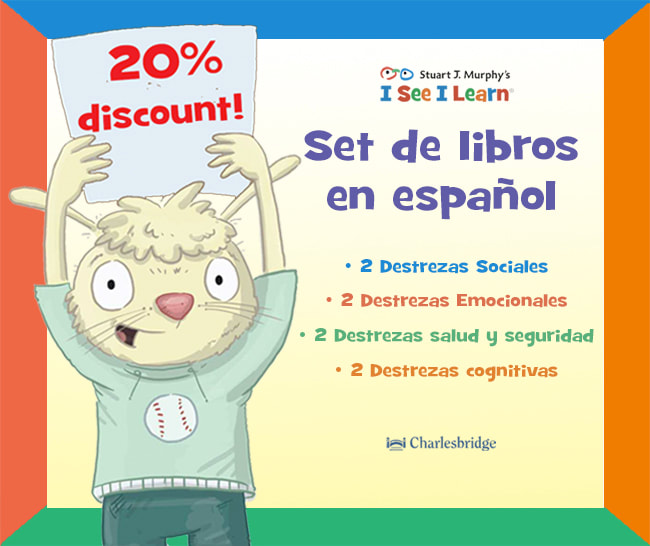

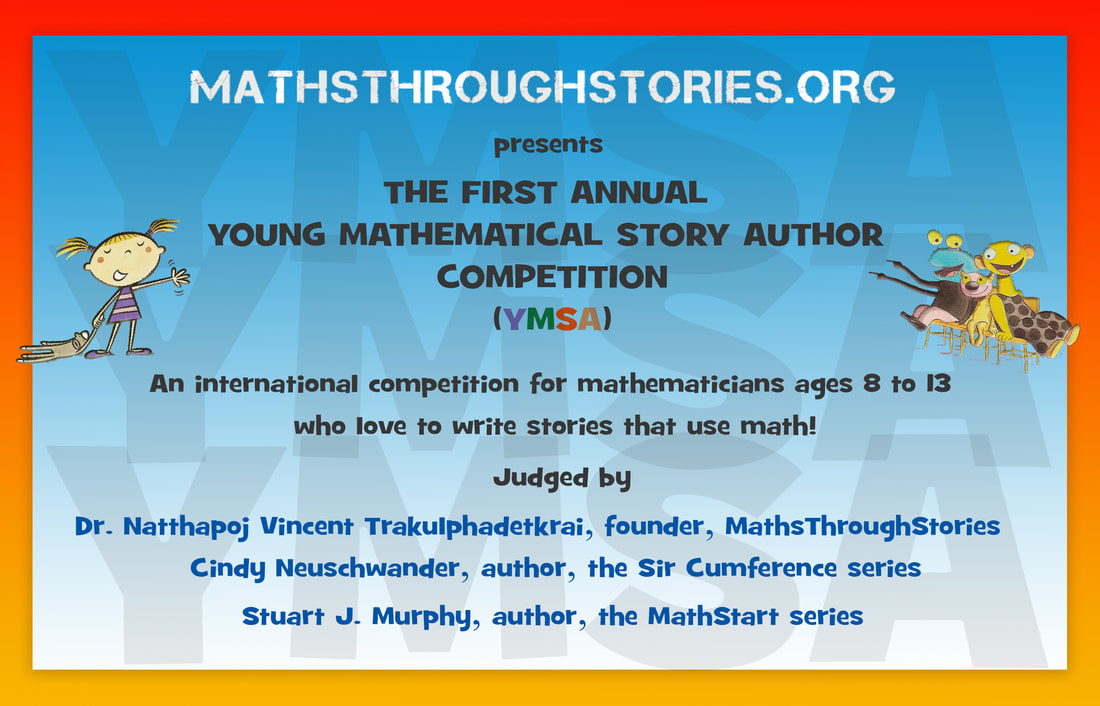


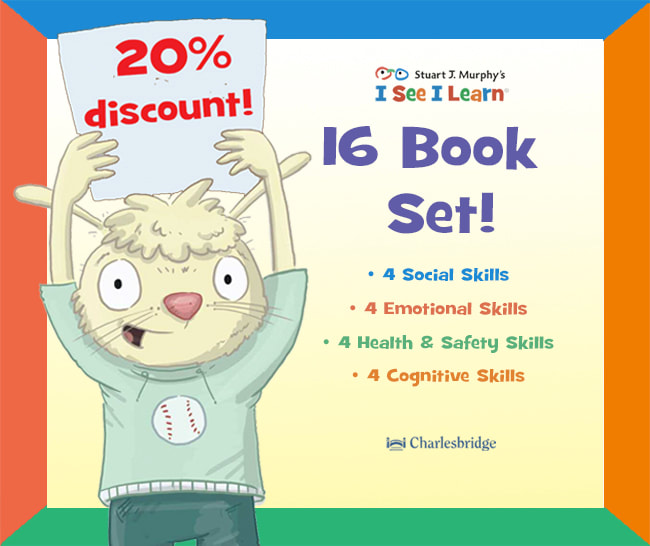
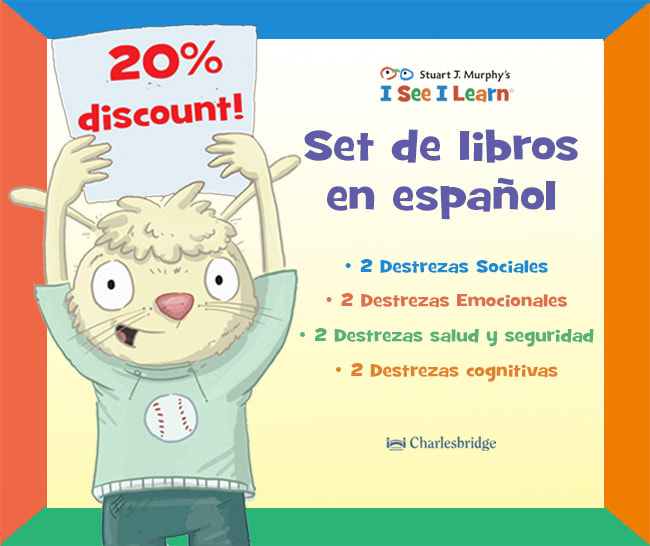

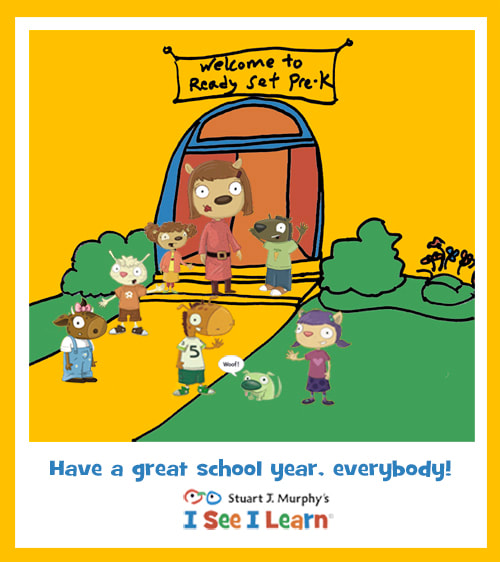
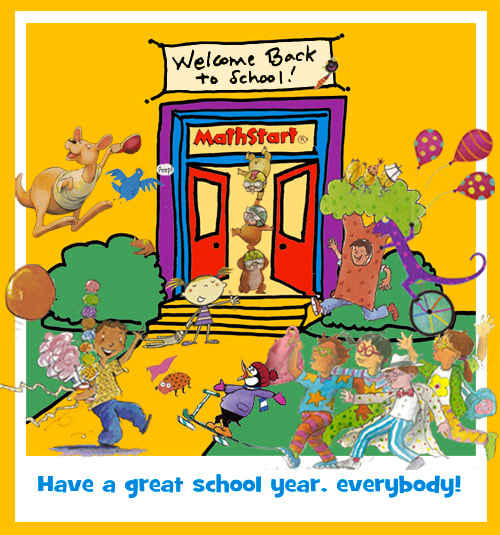
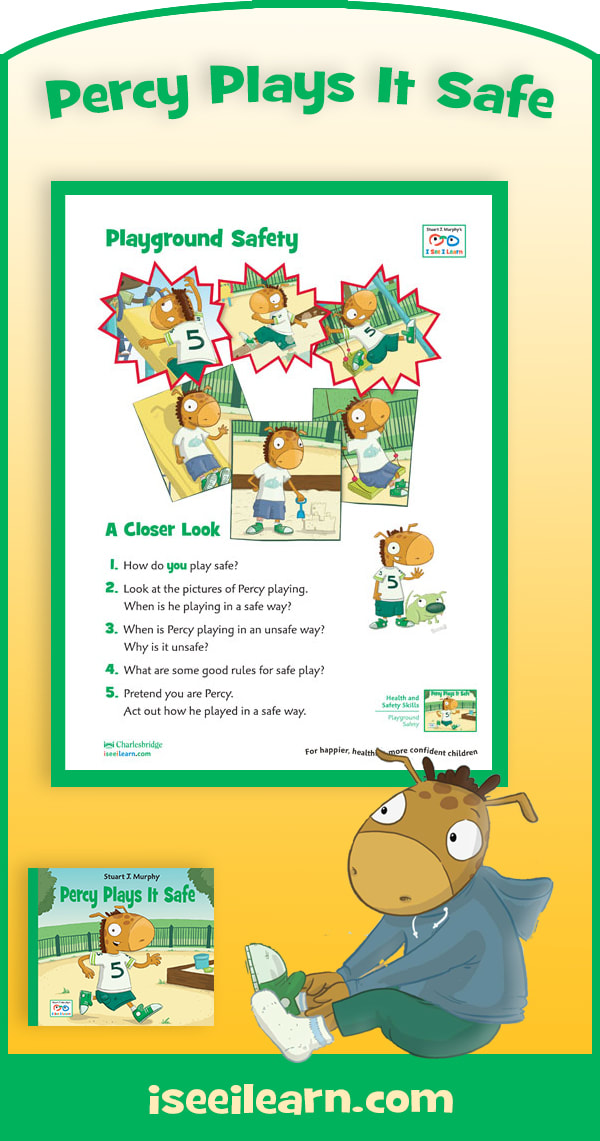
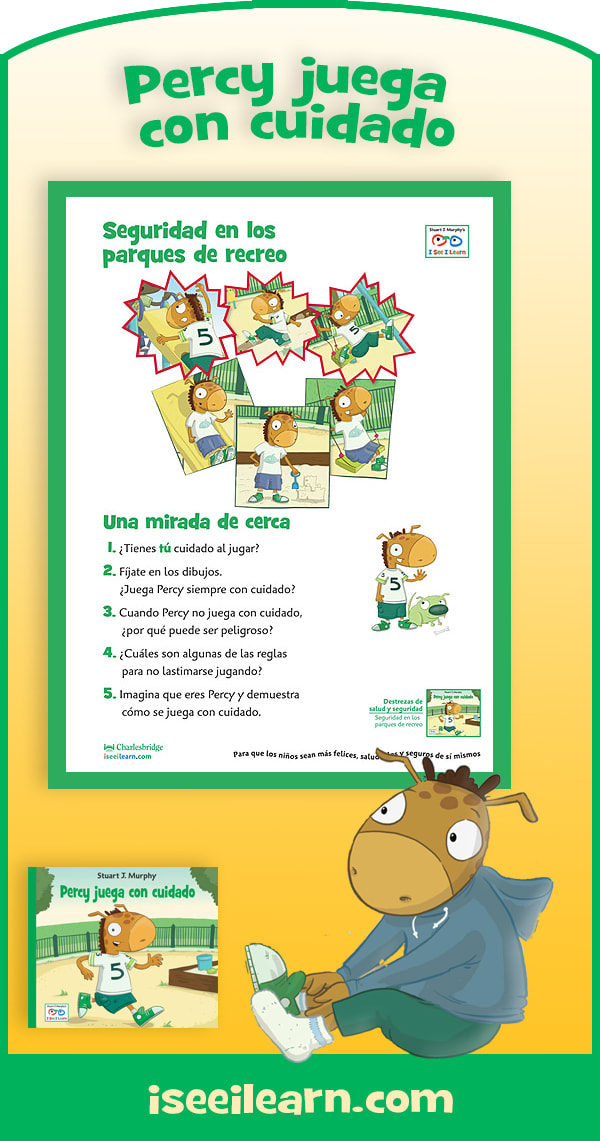
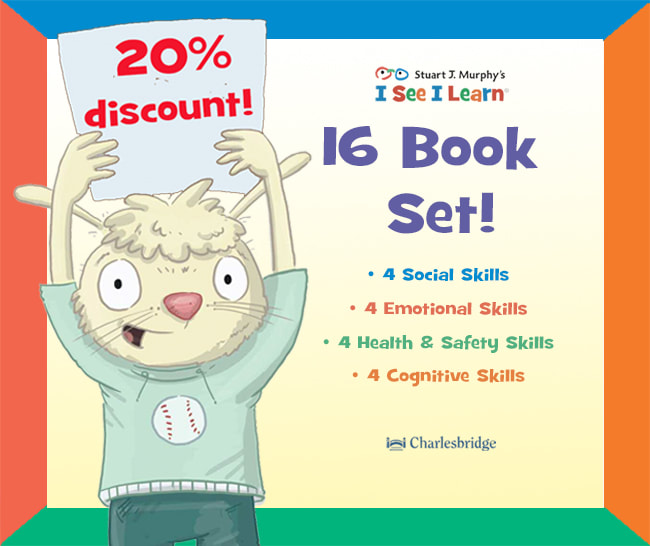
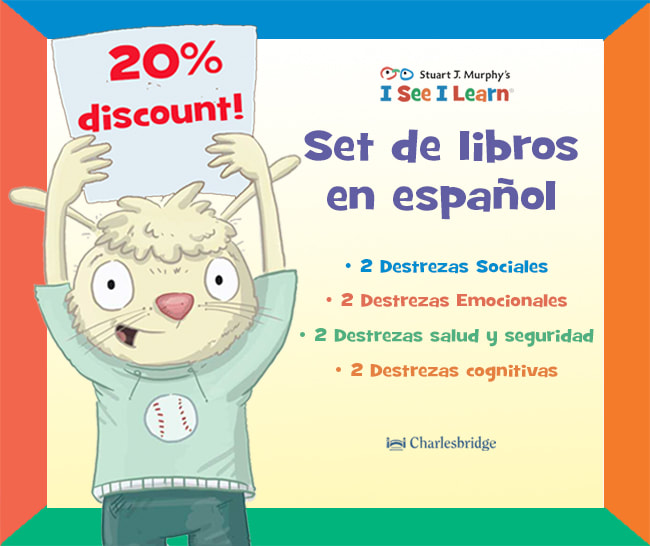

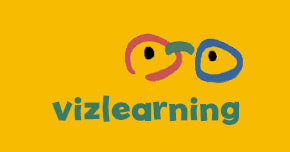
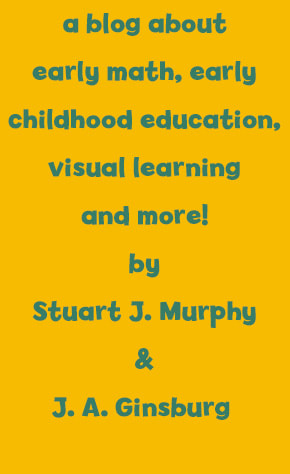
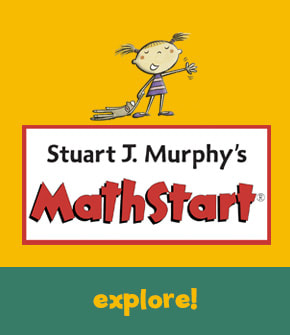
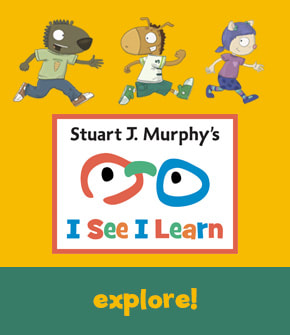
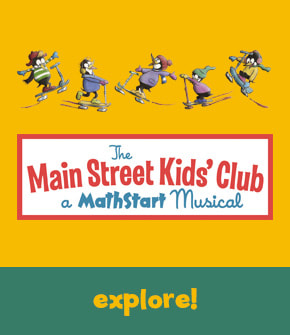
 RSS Feed
RSS Feed




